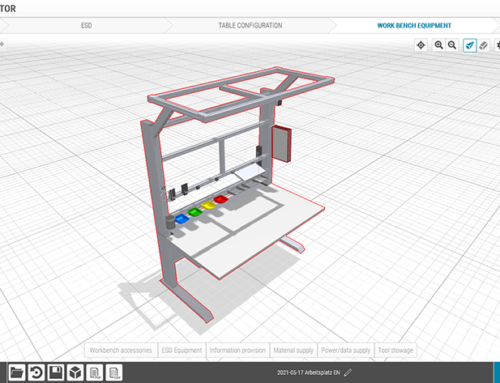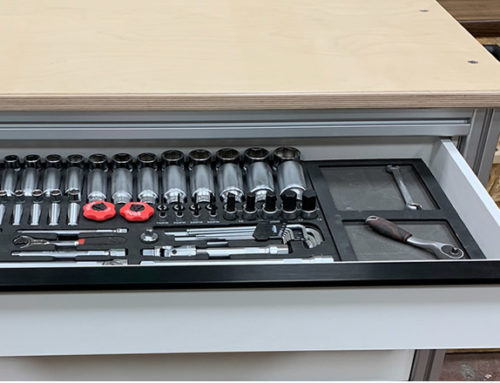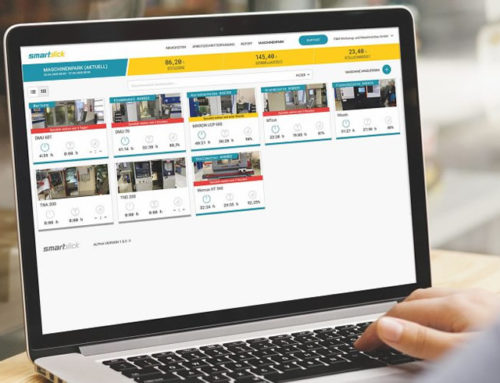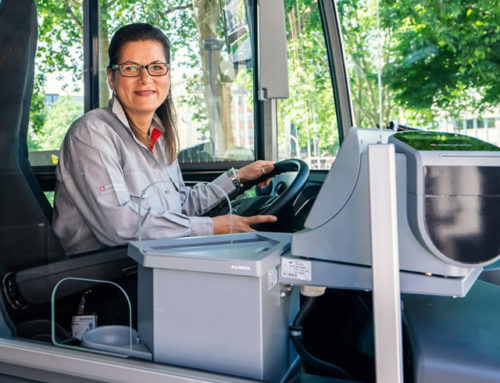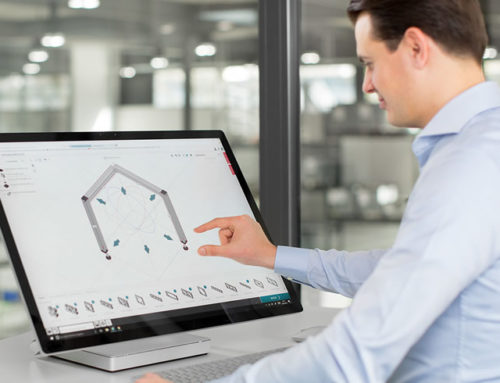No room for pessimism – how production can benefit from digitalisation.
In an interview with ZEIT ONLINE, economist Till Leopold has this to say about digitalisation: “Automation isn’t competing with work carried out by people but expanding it. Using machines and digital technology means employees are more efficient and can produce more.” He further believes that computers taking over routine operations could perhaps give rise to “fresh scope for creativity and strategic thinking.” This raises another key point – much remains uncertain. Nonetheless, we can already draw some reasonable assumptions about the consequences of digitalisation. Over the past few weeks, we have explored topics such as the impact on engineering (digital engineering) and the risk companies run if they are slow to respond to the digital transformation. But what about the consequences of digitalisation for production – i.e. the place where value is actually added?
Digitalising production – smart factories
The vision of fully automated or self-organised production is taking shape in the smart factory. Cyber-physical systems (CPS) are playing a key role in this process. All production components are to be digitally networked, enabling continuous localisation and evaluation. In the case of predictive maintenance, this makes it possible to accurately predict machine downtimes. Even just a few anomalies in performance data are sufficient to track down an imminent fault. The much-heralded smart factory concept ultimately rests on the premise that artificial intelligence is able to interpret and optimise processes autonomously. Strictly speaking, that is not, as yet, the case. On top of that, total automation of this kind is not advisable in every case. All the various factors need to be weighed up.
One thing cannot be stressed often enough – humans are ultimately irreplaceable. No machine currently matches their cognitive capabilities. This is particularly apparent in work processes that rely heavily on motor complexity, which makes the manual work bench and the role of ergonomics in industry even more important. Ergonomic work bench design in production and digitalisation are also closely interconnected. This often-overlooked aspect can clearly be seen in the provision of digital information, for example via a monitor. If an employee needs to use a monitor frequently, it is advisable to position it in his/her direct field of vision. Positioning it at the side would quickly lead to constrained postures and therefore physical impairments. A slewable Monitor Arm can help here, as it enables customised positioning.
Digitalising production – cogots as friends and aids
Robots are usually seen as the best-known symbol of how digitalisation is forcing humans out of production. However, this is not the full story. “Cogots”, as collaborative robots are also known, actually prove how digitalisation is enriching and enhancing production. They are designed to ease pressure on their human colleagues by all possible means. Cogots take on activities that are dangerous or not ergonomic. A pioneer in this field is Prof. Sami Haddadin, who holds the Chair of Robotics and System Intelligence at the Technical University of Munich. Haddadin’s cogots have joints with highly sensitive sensors that perceive their surroundings with the utmost precision. Collisions between workers and cogots are thus prevented and guards are no longer needed. Programming knowledge is not required, as the robots themselves can learn processes by observing them.
Are you interested in digitalisation and what the future of production and mechanical engineering will look like?
Then we have something that might just help! Simply subscribe to the item blog by completing the box at the top right.


